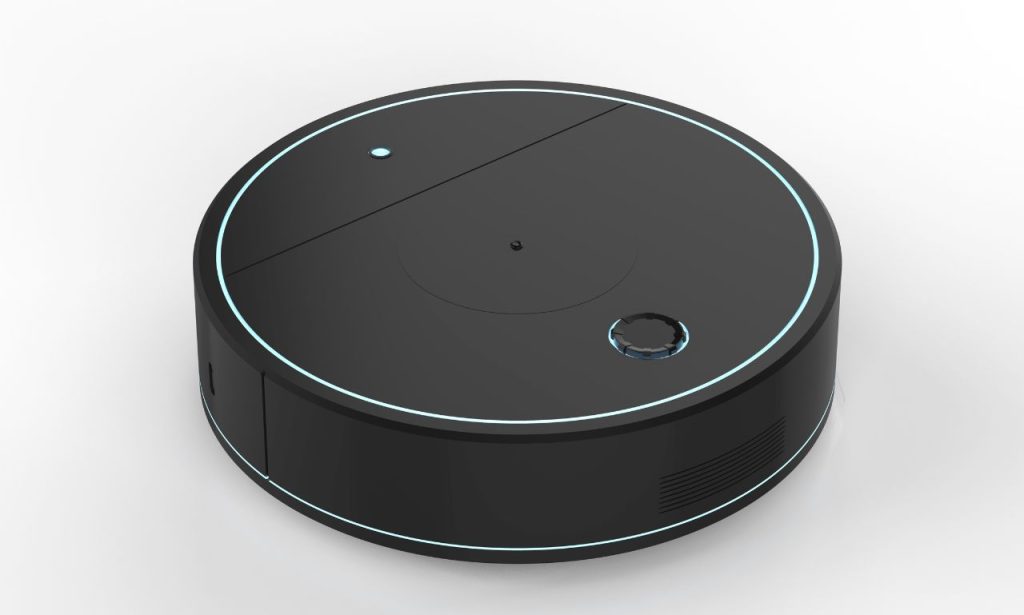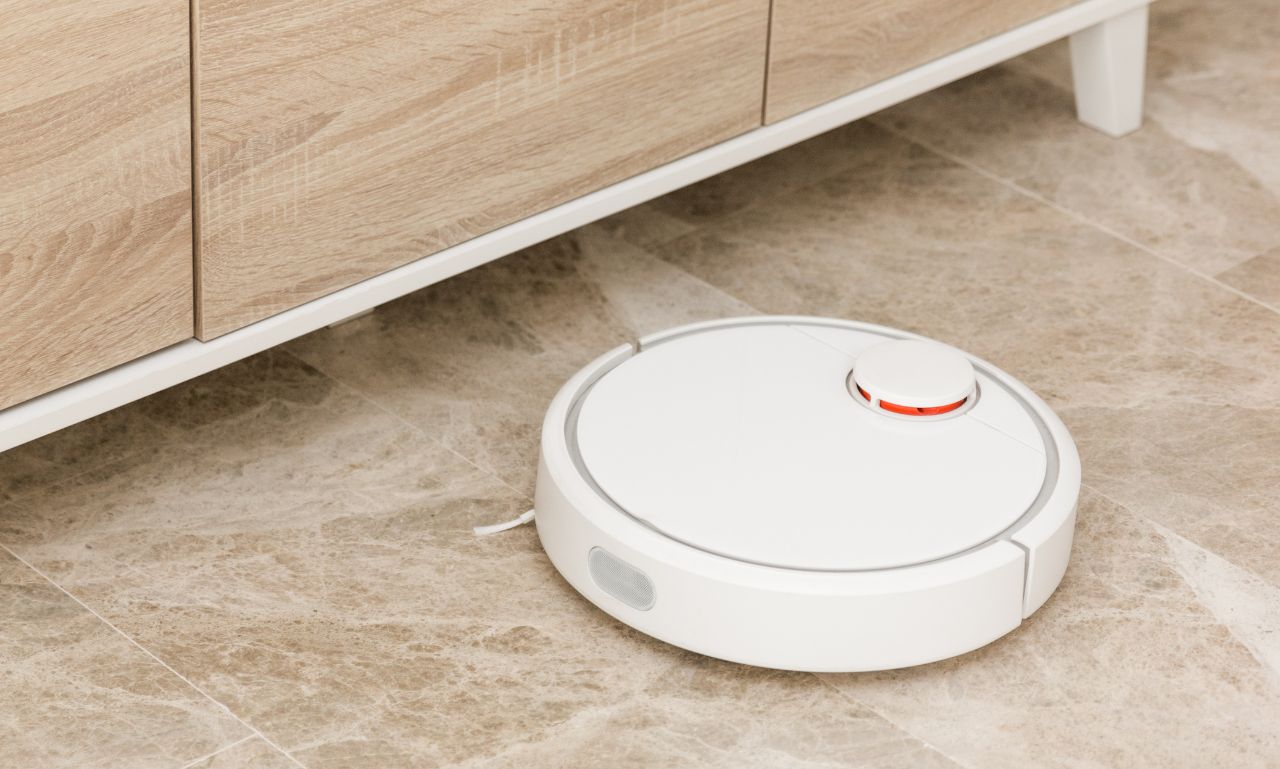Robot vacuum cleaners have become a must-have gadget for modern homes. With packed schedules and more households juggling remote work, chores like vacuuming are better left to intelligent machines. But with the surge in options—each claiming to be more intelligent, stronger, and more efficient—it’s hard to separate gimmicks from game-changers.
In this guide, we’ll break down everything you need to know before buying one. From battery life to pet-hair performance, smart home compatibility to dustbin capacity, these top tips will help you make a savvy investment. Whether you’re eyeing the Roborock Saros Z70 or comparing it with the Ecovacs Deebot X8 Pro Omni, you’ll walk away with confidence—and cleaner floors.
Handling Pet Hair with Ease
If you live with a dog or cat, you know the struggle. Pet hair sticks to carpets, floats into corners, and clings to everything. Not all robot vacuum cleaners are cut out for this daily battle.
Choose a model with high suction power (measured in Pascals or “Pa”) and anti-tangle brush rolls. Devices like the Roomba J7 Plus or Dreame L40 Ultra are designed to collect fur without clogging up. Some vacuums, like the Roborock S8 MaxV Ultra, come equipped with rubber brush rolls that resist tangling, essential for long-haired pets. Also, check if the vacuum includes HEPA filters, which trap allergens and dander from recirculating into the air.
Fun fact: Pet owners are 37% more likely to run their robot vac daily, so go for durability. Your furniture and sinuses will thank you.
Advanced Navigation and Obstacle Detection

A robot vacuum is only as smart as its navigation system. If it bumps around like a confused toddler, it’s wasting your time and power.
Modern units use LiDAR navigation, RGB cameras, and AI-powered obstacle recognition. That means they “see” your home and avoid socks, cables, toys, and even pet waste (yes, we’re looking at you, P.O.O.P. detection systems). The Roborock Saros 10 and Ecovacs X5 Pro Omni are standout models in this category, combining dToF sensors with real-time mapping.
Obstacle detection isn’t just a luxury anymore—it’s a must-have. Whether it’s a spilled cereal box or an errant LEGO piece, your vacuum needs to navigate around obstacles and keep cleaning.
Importance of Battery Life
Imagine your vacuum dying halfway through cleaning. Now imagine it happening every day.
Battery life determines how much area your robot can cover in a single charge. For larger homes, consider a model with at least 180 minutes of runtime, such as the Dreame X50 Ultra or the Yeedi C12 Pro+. Smaller apartments might get by with less, but more juice means fewer charging interruptions. Look for units that resume cleaning where they left off after docking. This ensures your vacuum doesn’t “forget” rooms when the battery runs low.
Also, ensure the charging dock isn’t hidden behind furniture. Keep it somewhere accessible, or the vacuum might get stranded.
Smart Mapping Technology
Forget random cleaning. You want precision.
Intelligent mapping allows your vacuum to learn the layout of your home. This technology creates detailed floor plans, defines zones, and even provides for targeted cleaning via app controls. Would you like just the kitchen cleaned after breakfast? Tap a button. Do you need a mapping-only run before your guests arrive? Done.
Models like the Ecovacs Deebot X8 Pro Omni and the iRobot Roomba i3+ offer multi-level mapping, perfect for homes with stairs. You can even set virtual Keep-Out Zones to prevent cleaning around pet bowls or delicate furniture.
This is the difference between a robot that works and one that works smart.
Voice Control and Home Integration
Why tap buttons when you can say, “Clean the living room”?
Voice control—via Alexa, Google Assistant, or even Apple Home—lets you start, stop, and schedule cleanings hands-free. Some advanced models support YIKO voice assistant and Matter compatibility, ensuring seamless smart home integration.
Set up voice routines, such as “Clean the house every morning at 9,” or pair them with your bright lighting. When the lights dim, cleaning begins. This kind of automation makes a robot vacuum feel less like a gadget and more like a faithful helper.
Scheduling Automatic Cleaning Sessions
A good vacuum works. An excellent vacuum works when you’re not home.
Look for models with customizable scheduling features. App-controlled bots allow you to program cleaning sessions by time, room, or floor. Imagine your vacuum quietly cleaning while you’re out at work—or better yet, while you’re napping.
Many brands, including Roborock and Ecovacs, allow different schedules for weekdays and weekends. That’s control in your pocket. Additionally, app updates occasionally improve performance, so ensure your vacuum is connected to Wi-Fi to receive firmware updates.
Benefits of Self-Emptying Features
Emptying a dustbin every other day is a hassle. Thankfully, self-emptying robot vacuums have changed the game.
Models like the Roomba Combo j9+ or the Dreame’s X50 Ultra dock themselves, dump their dirt into a base station, and return to work. These self-emptying stations can hold up to 60 days of debris in sealed bags. Some even wash mop pads or refill water tanks for mopping functions, like Ecovacs’ Auto-Empty Fill Dock.
Think of it as maintenance automation. It’s not just a vacuum; it’s a self-cleaning robot maid.
Evaluating Dustbin Capacity
Even if you’re okay with emptying manually, the size of the dustbin still matters.
Smaller bins (under 400ml) fill up fast, especially with pet hair. Larger bins (approximately 600ml or more) result in fewer interruptions. Check whether the bin is easily accessible and cleanable. Some vacuums allow you to rinse them under running water, which is a massive plus for hygiene.
Also, don’t forget the design of the dirt bin. A poorly designed container can cause debris to spill everywhere as you try to empty it. Nobody wants that mess.
Noise Level Considerations
Vacuuming while watching Netflix? You’ll want a quieter machine.
Noise levels are measured in decibels (dB). The sweet spot is between 55 and 65 dB for robot vacuums. Some models, like the Eufy Robovac G30, are whisper-quiet, even in suction mode. Others roar like a blender, especially when emptying at the base station.
Pro tip: If you have a baby or a pet sensitive to sound, go for models with low-noise settings or schedule cleanings when you’re out of the house.
Design and Size Compatibility with Your Home
No two homes are the same, and neither are robot vacuums.
Measure your furniture before buying. Slimmer models can slide under beds and sofas, while taller units with LiDAR towers might struggle. Also consider floor types. Do you have primarily hardwood, tile, or thick carpets? Hybrid models with mop pads and powerful suction (like the robot mop-vacuum combos) adapt better.
Design isn’t just about aesthetics. It’s about function, clearance, and how well it blends into your lifestyle.
Examining Warranty and After-Sales Support

You’re spending hundreds of dollars—so what happens if something goes wrong?
A solid warranty (at least one year) is non-negotiable. Brands like Roborock and Ecovacs usually offer decent after-sales support, including online tutorials, replacement parts, and email/chat service. Check reviews for customer service quality. Are spare parts easy to find? Is the company responsive?
Also, some offer upgrades or trade-in programs. Look into that before purchasing your first bot—future-proofing pays off.
Conclusion
Buying a robot vacuum cleaner is more than clicking “Add to Cart.” It’s about understanding your home, your habits, and the tech behind today’s most competent cleaners. These top tips when buying a robot vacuum cleaner will guide you through the maze of options, from pet-hair powerhouses to AI-driven mapping wizards.
Don’t settle for average. Select one that suits your needs, lifestyle, and floor plan. Clean floors shouldn’t be a luxury—they should be the standard. a
FAQs
The Roomba J7 Plus and Roborock S8 MaxV Ultra excel at picking up pet hair thanks to tangle-resistant brushes and HEPA filters.
Daily for pet owners; otherwise, 2–3 times a week is enough for most homes.
Yes, especially if you want to avoid daily bin emptying. They also reduce your contact with allergens.
Yes, but choose models with high suction power (above 3000 Pa) and an automatic carpet boost feature.
Most modern robot vacuums work well with Alexa and Google Assistant. Ensure your Wi-Fi is stable for best results.
